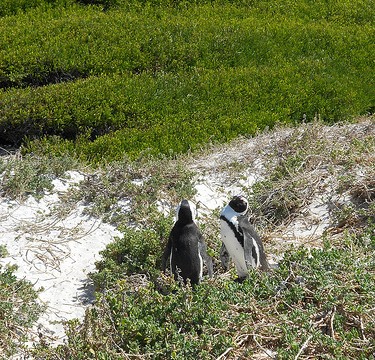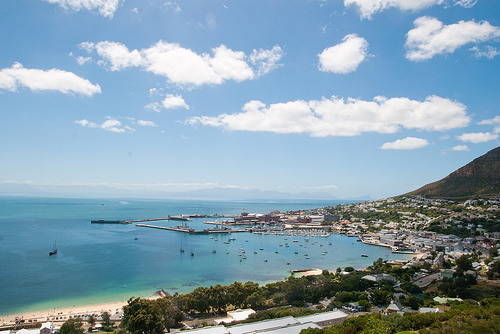Simon’s Town During Wartime
The part which Simon’s Town and the boats of the Africa Station were called upon to play in this war varied in no appreciation from the part it had played in before wars. These errands were the disposal of all foe ships, particularly trade thieves, from the waters around the southern end of Africa and the end of all the adversary bases inside of its circle.
At the flare-up of war there was various German warships everywhere in every one of the seas of the world; these incorporated the Emden, the Koningsberg and Admiral von Spee’s capable squadron accepted to be in the South Pacific. Until these boats were represented no extended undertaking via ocean against the German states could be thought about without a capable escort of warships. The Emden was obliterated at Keeling Island, the Koningsberg in the Rufji River and von Spee’s squadron at the Falkland Islands. With every unfriendly warship tastefully discarded, operations against the two German settlements of South West Africa and Tanganyika could now proceed.
For the rest of the war Simon’s Town spent an unexceptional however occupied and crucial presence as a refueling and refitting base for the escorts of the various troop caravans going in the middle of Europe and Australasia, India and the Far East. The most annihilation in South African waters was finished by the mine fields laid by business pillagers off Dassen Island and Cape Agulhas.
Simon’s Town movement took after much the same example in the Second World War as it did in the First. In the early phases of the war it was the gathering base for the boats occupied with the gathering together of the few German ships in the southern seas, the most imperative of which was the Graf Spee. There took after other intensely equipped marauders masked as shipper boats, including the Atlantis which laid mines off Cape Agulhas and somewhere else. They worked with extensive achievement however were in the end blocked and sunk by boats based at Simon’s Town.
With the end of the Mediterranean all activity in the middle of Europe and the East must be directed around the Cape as in previous days. In spite of the fact that the trader ships put into Cape Town for renewal just Simon’s Town was equipped for managing the exceptional necessities of the warships. The section of Japan into the war and their quick success of Malaysia and the East Indies escalated the essential part which Simon’s Town needed to play.
In the last phases of the war, with the reviving of the Mediterranean and the Suez Canal, Simon’s Town lost quite a bit of its significance as an organizing post. At this point, be that as it may, the war in the southern seas was for all intents and purposes over and Simon’s Town’s assignment was done until further notice. It had done its errand and done it well.Photo by Blob79 



